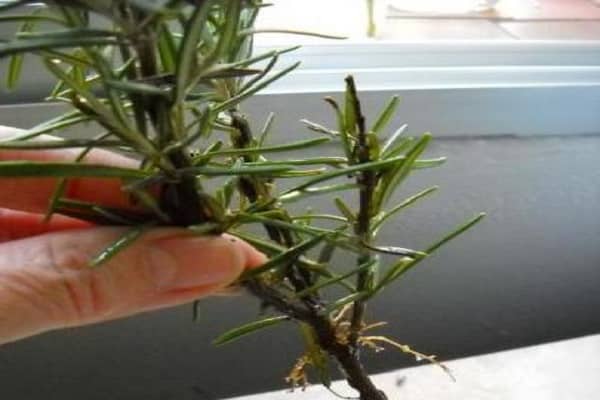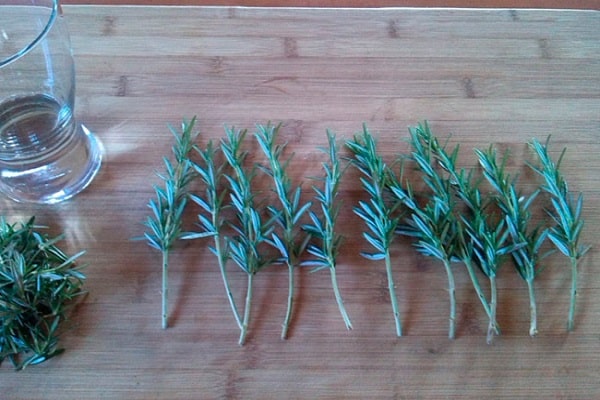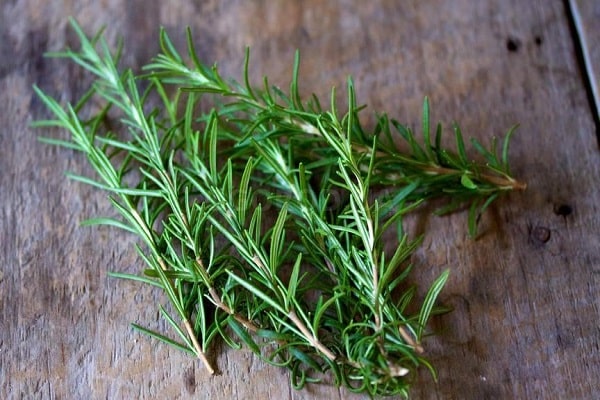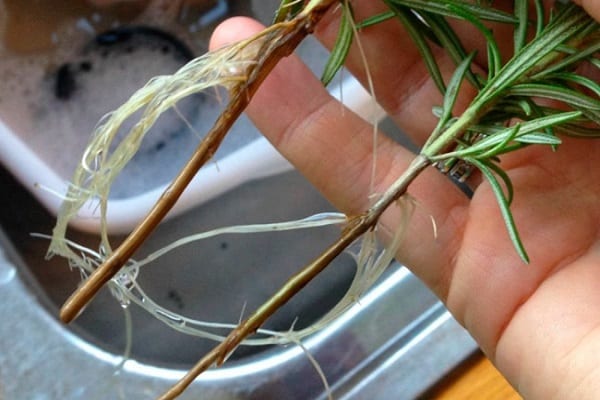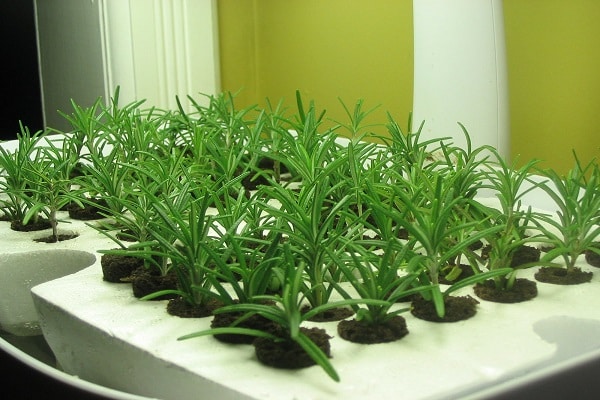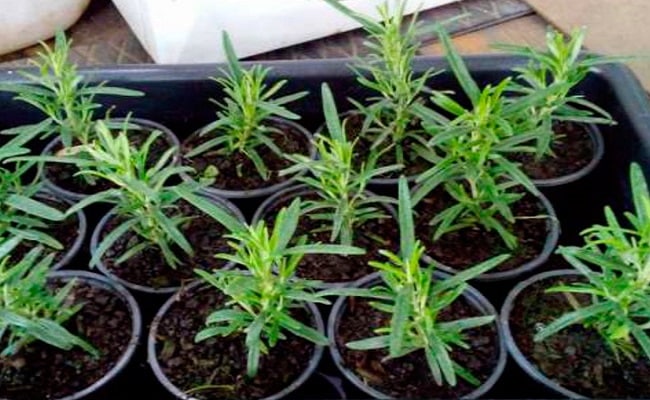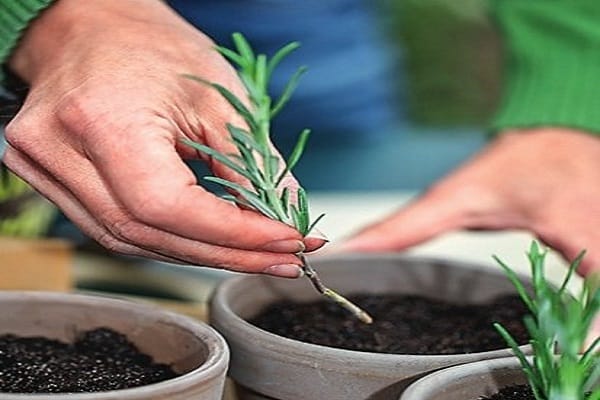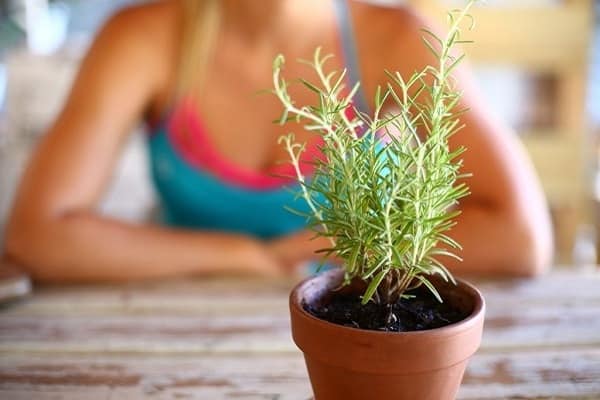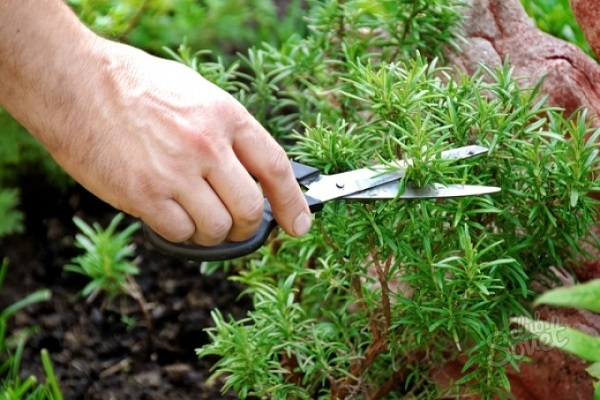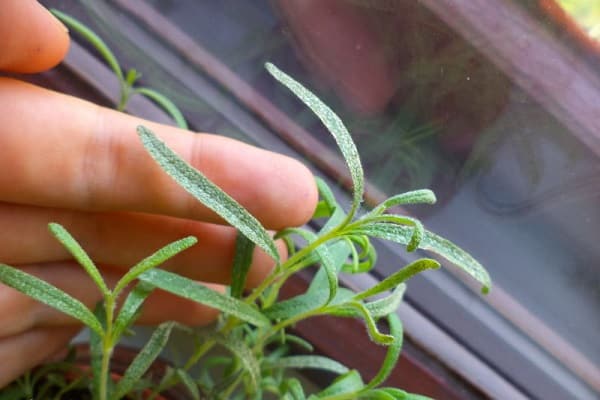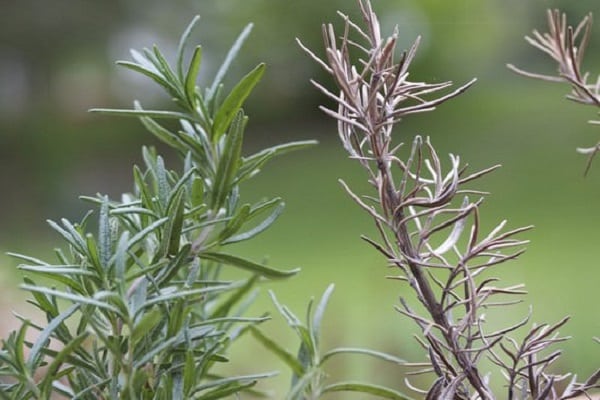Rosemary has become widespread throughout the world because of the aromatic and medicinal essential oils it contains. The Mediterranean is considered its homeland.
It has become popular among Russian gardeners to grow shrubs in plots. It is capricious and heat-loving, so it often does not take root. The method of propagating rosemary by cuttings is the most rational, because the plant develops and gains strength faster.
Features of growing rosemary from cuttings
One of the wonderful properties of the plant is the release of essential substances that can refresh the air in the room and rid it of pathogens. It will be a plus if you grow rosemary at home in pots and place them in children's rooms and bedrooms.
In the southern regions, shrubs can be propagated at any time, with the exception of winter. Gardeners in areas with a temperate climate at home are advised to select twigs and prepare seedlings in the spring (late March, early April), and in May and June replant them in the soil on the site.
Attention! Rosemary cuttings are the tops of the bush's stems. They must be cut from mature plants or purchased in specialized stores or at the market. The main thing to remember is that only the top shoots are taken.
Preparation of cuttings
Many gardeners make a common mistake in growing rosemary using cuttings. They do not allow the seedlings to take a certain amount of time to form roots and plant them directly into the soil. As a result, the cuttings do not take root and die.
To avoid problems, you must adhere to the following rules:
- Prepare a pot for the plant and soil (you can take the substrate from the store). If you prepare the soil yourself, you need to mix black soil, peat, sand and humus.
- Place small pebbles at the bottom of the container, then add soil and moisten it.
- Make small holes and bury the seedlings 3-4 cm deep. Be sure to tear off the lower leaves and water the soil again.
- Place the container with the cuttings on a warm and sunny windowsill for 1-1.5 months.
Attention! Rosemary should be watered at least four times every seven days and the water should not stagnate in the pot. It must be drained if it has collected on a saucer.
- Remove rosemary seedlings and transplant them to an area in open ground.
A good way to root plant branches is to place them in jars of water. It must be updated every 3 days. It is important to provide the branches with light and warmth.
Rosemary is very sensitive to soil type. It does not tolerate alkaline, clay and heavy soils. For the plant to feel great, it is recommended to loosen the soil, this will not allow water to linger. The shrub does not like dry weather, and excessive watering can lead to rotting of the roots.
Landing dates
In central Russia, it is possible to grow rosemary on a plot if, when planting, the soil temperature is at +5–10 degrees. In the northern regions, it is recommended to transplant the plant into greenhouses and conservatories, because the climate will not allow it to develop well. Gardeners in the central regions can begin to grow shrubs from the third decade of April.
Rosemary can die if grown in frosty conditions, when temperatures reach -5 degrees. The shrub grows well all year round in warmth, so in autumn and winter the plants must be moved to rooms where the air should be warmed up to plus 5–15 degrees.
Choosing a landing site
Rosemary is very sensitive to external conditions and does not tolerate temperature fluctuations and cold. The best place to grow it is a sunny area protected from the winds. The southern and eastern sides of vegetable gardens have the highest priority for the plant.
The shrub loves light sandy, non-acidic and well-drained soil, because such soil perfectly allows water to pass through without retaining it at all.In addition, its looseness allows the root system to be saturated with oxygen.
If acidic soil predominates in the area, it must be limed. To prevent excess soil moisture, drainage should be laid at the bottom of the planting hole. It is mainly purchased in stores or large pebbles and broken bricks are used.
Landing
To plant rosemary in open ground, first you need to root and grow seedlings in pots or boxes. Only then are the plants transferred to the beds. It is important to maintain a distance of 1 meter between bushes.
Before planting, a special mixture is prepared that will help rosemary take root well in the soil. To do this, take river sand, leaf soil and peat in equal parts and 1 tbsp. l. crushed chalk per 1 kg of the resulting mixture.
Plants are dredged down to the lobed leaves, watered and covered with polyethylene. It is removed no earlier than a week later. This is necessary so that the rosemary can take root quietly.
Very often, adult rosemary may have bare stems. In this case, it is necessary to trim the lower shoots. The procedure is carried out once every 7 years.
You can harvest from shrubs 3 years after planting when the plants are flowering. Fragrant branches must be cut along with the flowers.
Rosemary care
Rosemary is slow growing. For its stable development, you need to leave a sufficient number of leaves. When the bush from a twig reaches a large size and its roots fill the pot, it should be replanted. Typically, plants growing in containers grow up to 90 cm. Each time they are moved to larger boxes.
To prevent rosemary from becoming too thick, it should not be trimmed too often. Botanists recommend doing this in June-July, immediately after flowering.
Pests and diseases
The plant has antibacterial properties. But this wonderful property does not protect it from diseases. If you care for the bush incorrectly, the following problems will appear:
- Drooping leaves indicate an excess of sunlight.
- Yellow foliage indicates lack of moisture.
- The absence of a characteristic aroma, on the contrary, shows that the plant is watered too often.
It is easy to avoid the above deviations. It is enough to create optimal conditions for rosemary to feel good.
The most difficult thing in caring for a plant is pest control. Most often it is attacked by aphids and whiteflies. For destruction, it is more rational to use disinfectants.
If rosemary is grown at home, then insects are controlled by soaping the bush. Then all the foam is washed off with a shower. At the same time, it is important not to forget to protect the soil from soap.
The plant can be affected by downy mildew. To avoid its appearance, you need to monitor the humidity of the air in the room and the soil in the container. During the winter months, using a fan is recommended as it helps circulate air better in the room.
Growing rosemary on the plot and on the windowsill at home does not require much effort. It is necessary to care for the bushes and provide optimal conditions for good growth. It has been noticed that the immunity of plants weakens in winter; more attention should be paid to them at this time.

